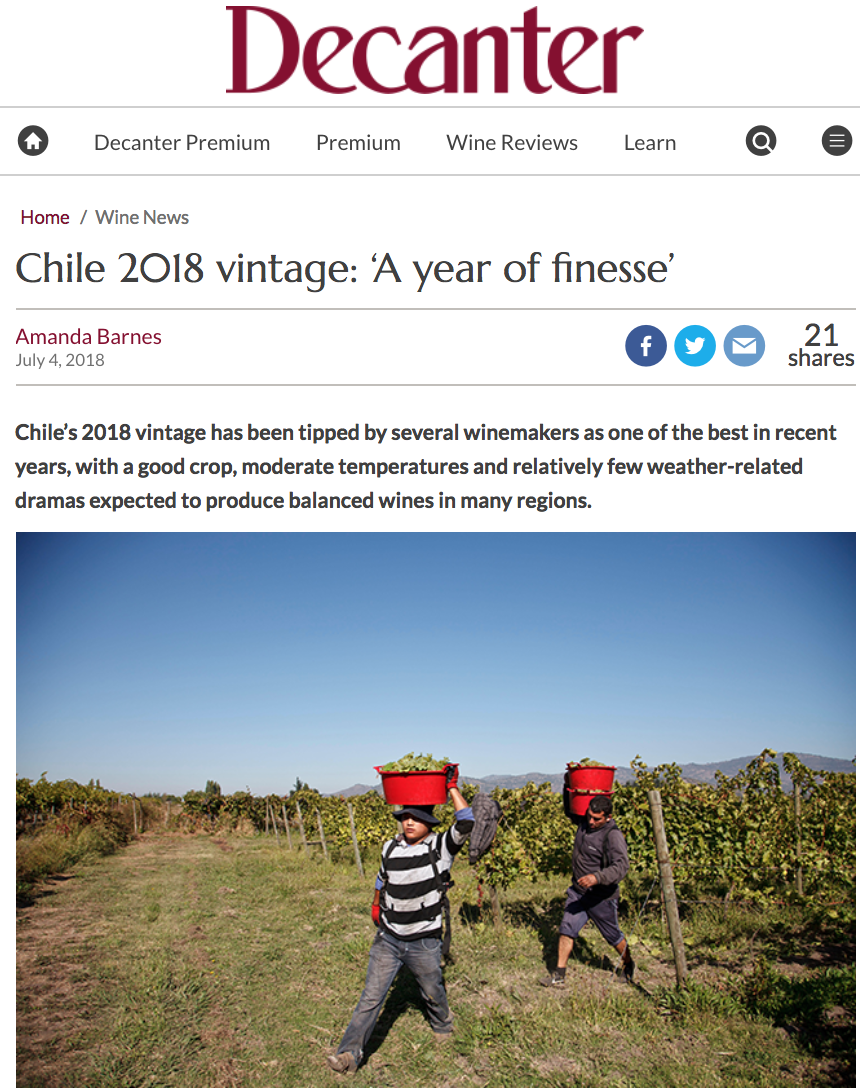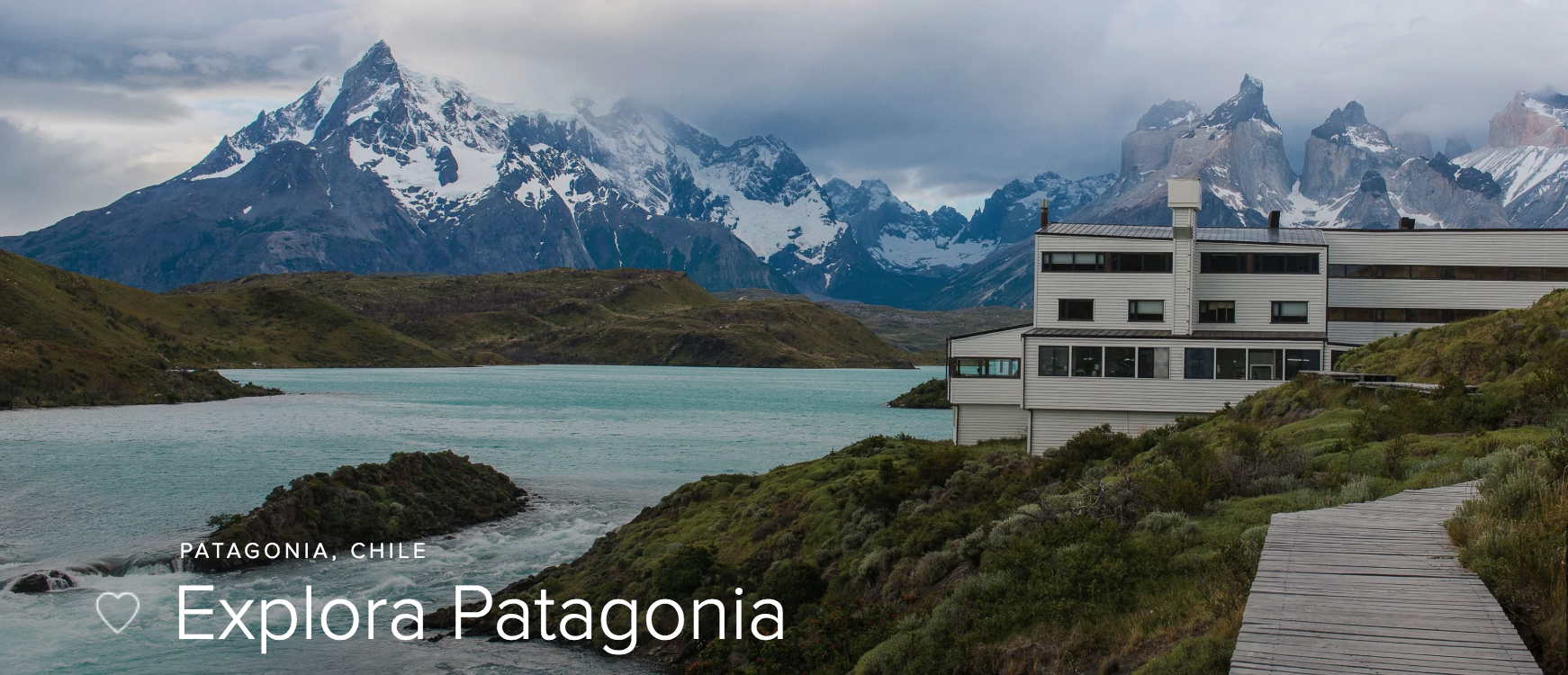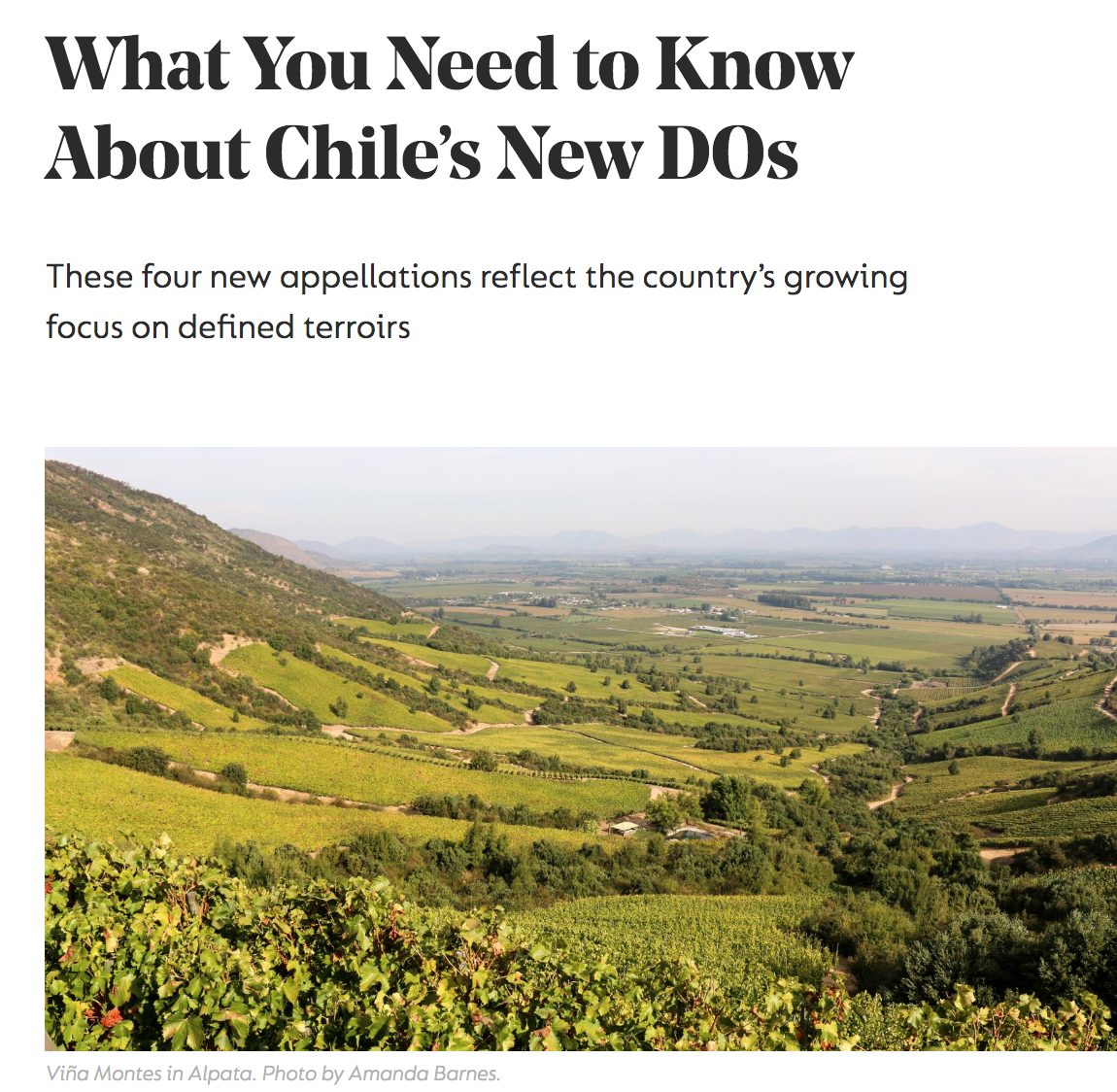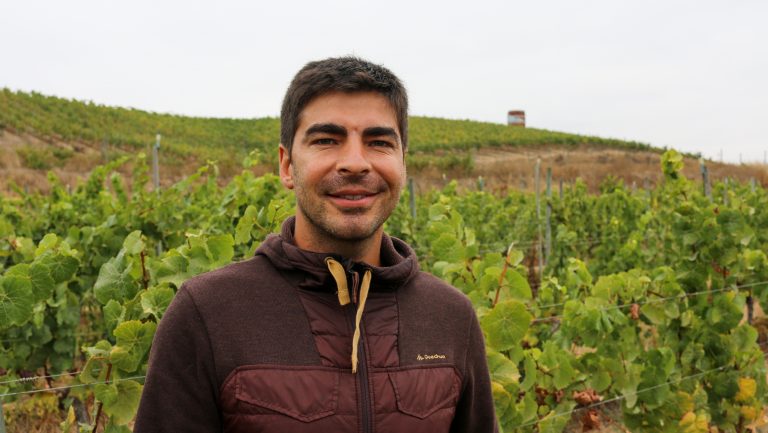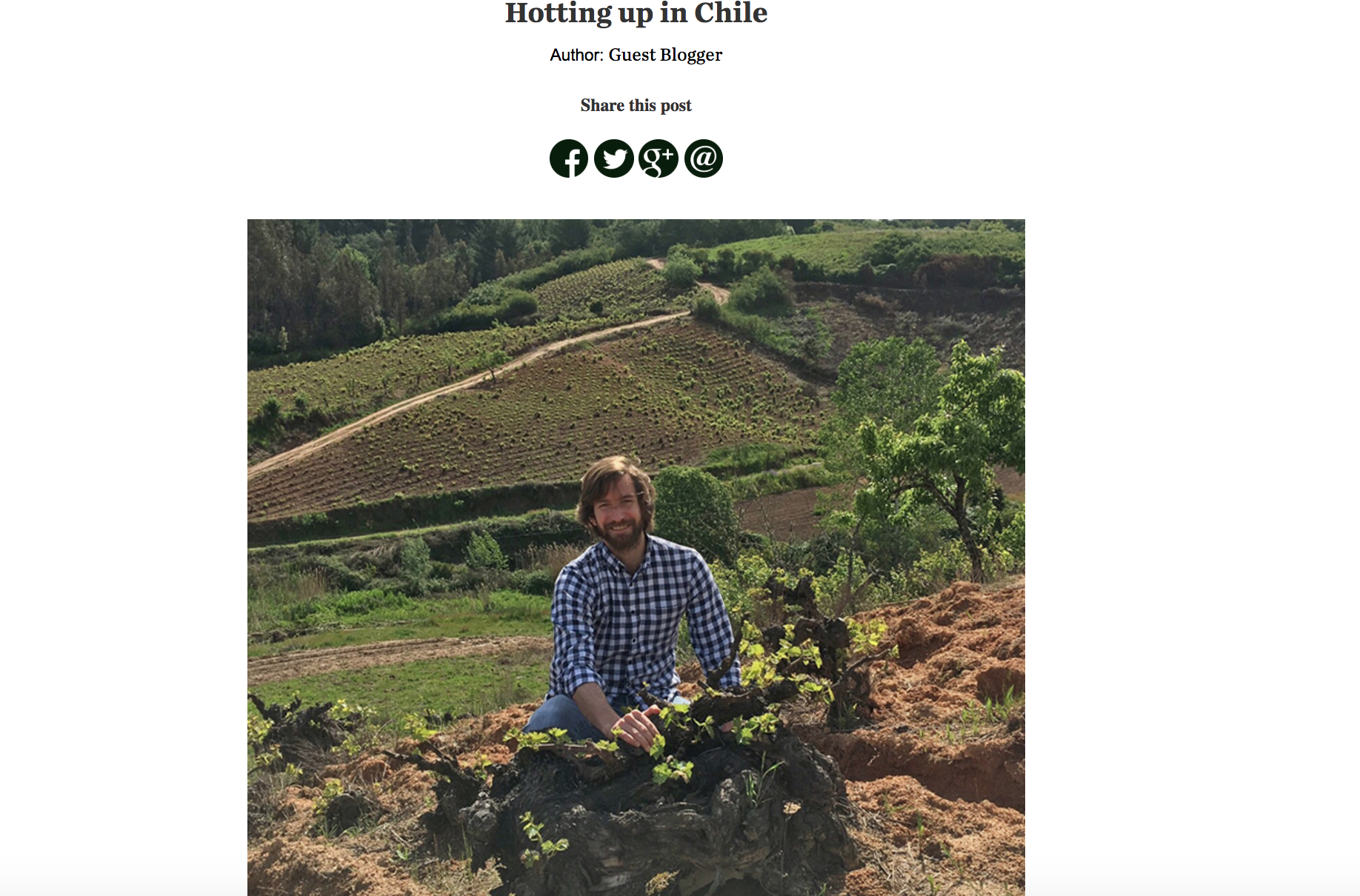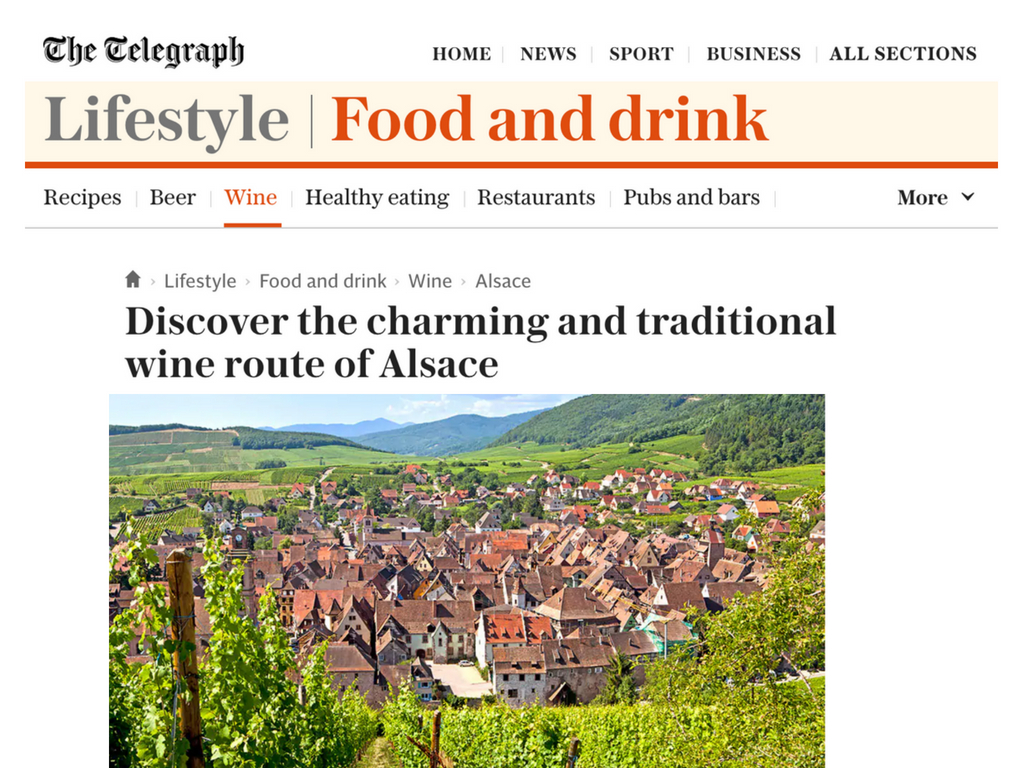‘Mr Explora must have some seriously good contacts,’ Mr Smith said to me, eyebrows raised.
Mr Smith might be my rather more cynical other half, but he wasn’t wrong. With a direct view of one of South America’s most iconic and most photographed images – the cuernos of Torres del Paine – you couldn’t ask for a better location for a hotel in the national park. Sit that hotel on top of a bright blue glacier lake straddling a waterfall, and you’ve just made it one of the most spectacular locations for a hotel on the planet. Just looking out of your bedroom window is the experience of a lifetime. But the Explora experience started much earlier than that. Over 350km away on a bumpy gravel road, to be precise.
Journeying into the park is all part of the adventure and gives you a true appreciation for the isolation of this place. Setting off from Punta Arenas by the penguin-lined coast, we passed fertile, flat green pastures with baby lambs chasing their mothers in meadows filled with yellow flowers. It is late spring time in Patagonia, but a silver snake of snow on the horizon and blue storm clouds up ahead reminds you that even in the throes of spring, the weather is unpredictable at best.
Our jaws dropped at the check-in desk, and remained so as the manager ushered us into the restaurant for some lunch. ‘Where would you like to sit? Overlooking the waterfall, overlooking the lake, or overlooking the Paine?’ Mr Smith and I couldn’t even muster a reply from our state of flabberghastery. ‘Take the corner table – you can see all the viewpoints from there,’ smiled the manager, kindly making the right decision for us.
It’s no secret that Explora has sensational views – you can see them all on the website before you arrive – but even the impossibly beautiful photos don’t do it justice. Each sunrise, each sunset and every moment of rain and shine in between casts a different light over the massif, highlighting the cool mineral tones in the 140-million-year-old stone sculpture which sits in stark contrast to the pristine blue waters and carpet of green and silver forest below. I could have happily just sat in an armchair looking at the view for three days, but that would have defeated the point of being here.
Explora isn’t really a hotel in a traditional sense, and so nor was this a traditional hotel review. Architecturally-speaking the hotel looks like a glacier from cyberspace with disjointed layers of white panelling and shimmering oblong windows, which on the inside translates into panoramic views shared over four floors, each giving you a different perspective of the surrounding landscape.
There’s a stripped-down luxury that respects modern comforts but encourages you towards escapism: you’ll find no WiFi or television in the rooms but the bathroom does have a Jacuzzi tub with a window perfectly in line to let your mind surf the landscape instead. The focus isn’t necessarily on seven-star service inside, but rather a seven-star experience of Torres del Paine outside.
Following lunch, Mr Smith and I enrolled on a two hour hike. We ducked under blossoming trees, spotted wild orchids and trampled over puddles from the rain that morning. When we reached the lookout point we all sat dumbfounded staring at the views. Our guide served us warm coffee with a healthy dash of Baileys which he had magically conjured from his backpack. This was just a taste of the three days ahead.
Explora’s focus is on the expeditions, each one about enjoying the wilderness and unspoilt beauty of Patagonia. Whether you are doing the classic W circuit of the mountains in bite-sized chunks, galavanting on horses in their remote Patagonian estancia, or going on a nature safari to look out for pumas, there’s no lack of amazing things to do and see here. The only question is what Mother Nature will allow you to do – every evening our guides would draw up new plans for expeditions according to the ever-changing weather forecast.
Mr Smith and I chose to fill our days with hiking, horse riding and glacier-chasing. Every expedition would give us a new experience of the park and a new physical challenge. We watched guanacos leaping in front of us, traced the handprints of ancient cave paintings and stood staring face to face with the 30 metre high wall of ice at the tongue of Glacier Grey. Everyday Mr Smith and I came back red-cheeked and smiling like school children.
On our return each evening we would race to the spa before dinner time to enjoy a hot, outdoor jacuzzi and glass of bubbly while intermittently cooling off with a quick dip in the milky blue, and ice-cold, lake below. Over dinner we would catch up with the other guests on their day exploring the park, sharing tips and photos and comparing hiking blisters as badges of honour. Occasionally the conversation would stray into politics and economics, until a magnificent condor would sweep past the window sucking us all back into the mesmerising landscape…
Read the full review on Mr & Mrs Smith



